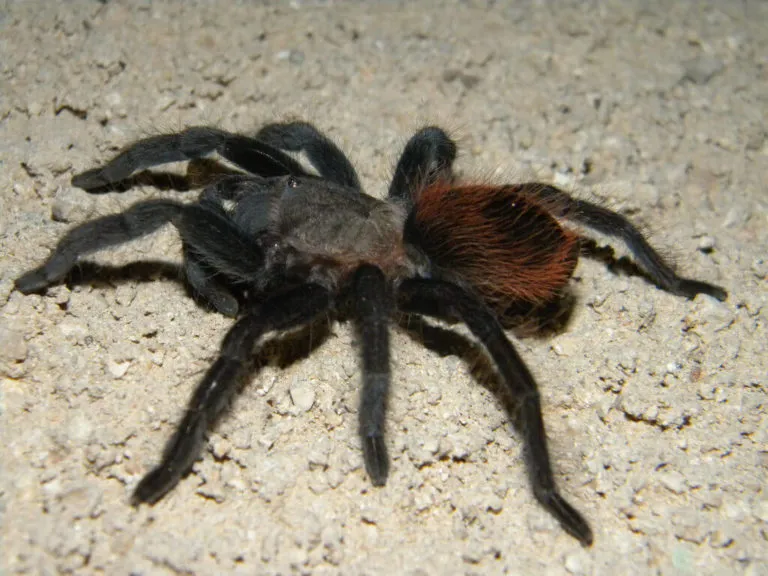Red Rump Tarantula Top 5 Facts
The Red Rump Tarantula ( Brachypelma vagans) is a popular pet choice for many reasons. Known for their docile nature and stunning appearance, these arachnids can be a fascinating addition to any home. However, responsible ownership requires knowledge of their specific needs. This guide provides five essential facts to help you care for your Red Rump Tarantula and ensure its well-being. Understanding these key aspects of their care will allow you to provide a suitable environment, diet, and overall lifestyle for your pet tarantula. From setting up their habitat to understanding their behavior, we’ll explore the most critical factors in Red Rump Tarantula care. This will help you gain an in-depth understanding of the needs of this fascinating species and how to ensure it thrives.
Appearance and Characteristics of Red Rump Tarantulas
The Red Rump Tarantula is immediately recognizable due to its striking appearance. They typically have a dark, black body, complemented by vibrant red or orange hairs on their abdomen, giving them their distinctive “red rump.” These tarantulas are a terrestrial species, meaning they spend most of their time on the ground. Adults can reach a leg span of up to 5-6 inches, making them a medium-sized tarantula compared to other species. Their lifespan is another attractive factor. Females can live for over 20 years, providing a long-term companion for the dedicated owner. These tarantulas are relatively docile, making them a great choice for those new to tarantula ownership and handling.
Habitat and Enclosure Setup
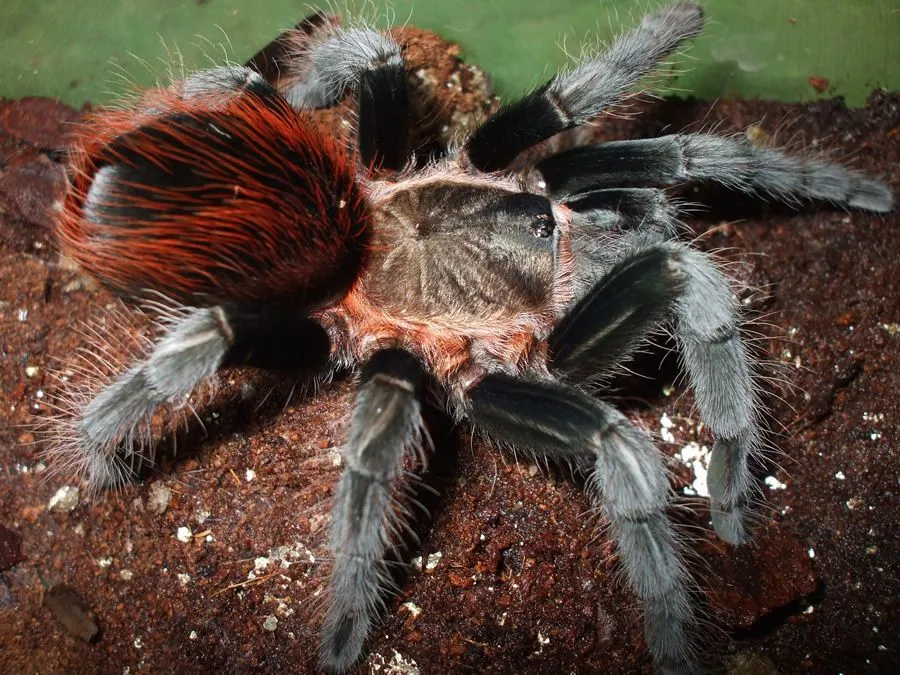
Creating the right habitat is crucial for a Red Rump Tarantula’s well-being. They thrive in a terrestrial setup, so a terrarium or enclosure should be wider than it is tall. A general rule of thumb is to provide an enclosure that is at least three times the tarantula’s leg span in width. Ventilation is also important to prevent mold and ensure the air quality is good. The temperature should be maintained between 75-85°F (24-29°C) with a slight drop at night. Humidity is another key factor. The enclosure should maintain a humidity level of 65-75% to aid in molting and overall health. Regular misting, depending on the humidity in your area, and a water dish are ideal. The placement of the enclosure should be in a quiet area away from direct sunlight and excessive vibrations.
Optimal Substrate and Tank Decor
Choosing the right substrate is essential for maintaining the correct humidity levels and allowing your tarantula to burrow, if it chooses. A mixture of coconut fiber, peat moss, and a small amount of vermiculite works well. This substrate mix retains moisture and provides a natural environment for your pet. The depth of the substrate should be sufficient enough for the tarantula to burrow, typically about 4-6 inches. Tank decor should mimic the tarantula’s natural environment. You can add cork bark, artificial plants, and sturdy hides to provide shelter and security. Ensure any decor items are securely placed and won’t collapse on the tarantula.
Importance of Proper Ventilation
Proper ventilation is crucial to prevent the buildup of mold and harmful bacteria. Good airflow also helps regulate humidity and temperature within the enclosure. Provide ventilation by ensuring the terrarium has cross-ventilation. This can be achieved by having ventilation holes or mesh on opposing sides of the enclosure. Make sure the ventilation is adequate but not excessive, as too much airflow can dry out the enclosure and harm your tarantula. Regular cleaning and maintenance of the enclosure also contribute to good air quality.
Feeding and Diet of Your Red Rump
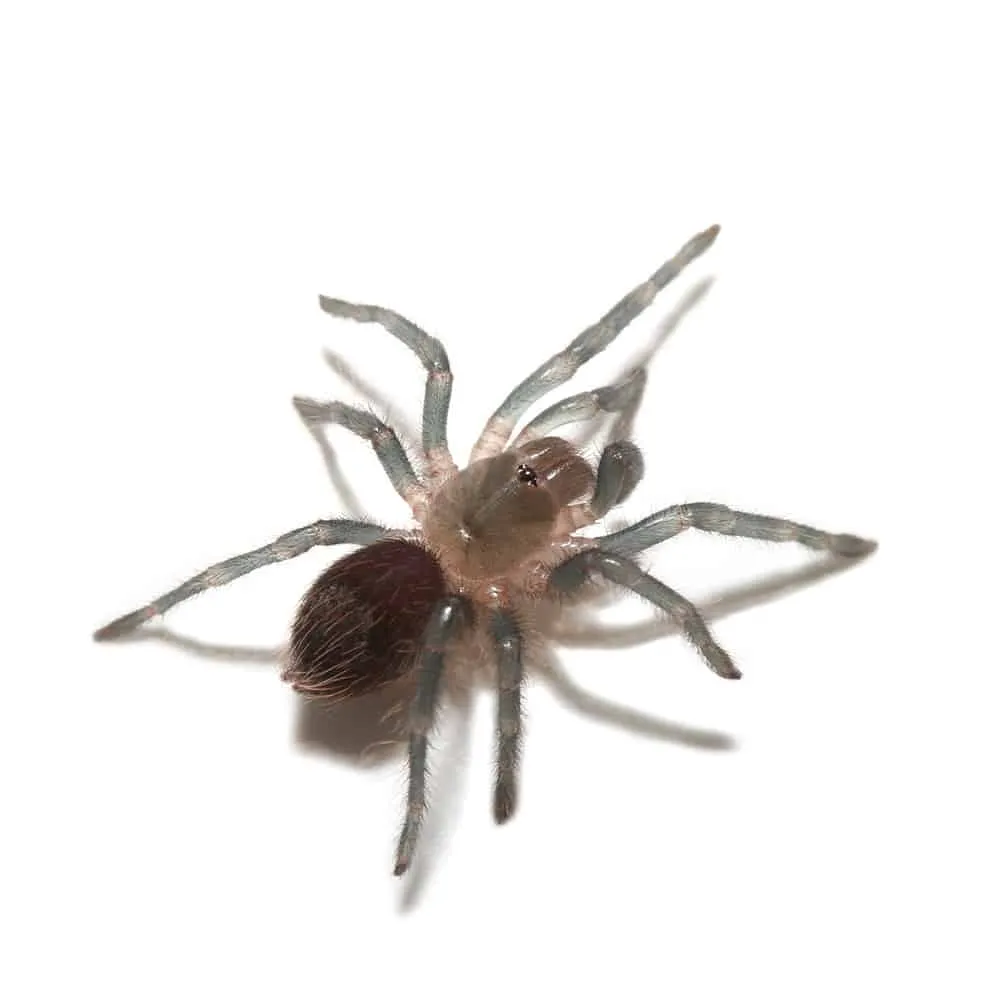
Feeding your Red Rump Tarantula a balanced diet is crucial for its health and longevity. These tarantulas are primarily insectivores, meaning they eat insects. Crickets, mealworms, dubia roaches, and other commercially available insects are good options. The size of the prey should be appropriate for the size of the tarantula. It is typically recommended that the prey size is no larger than the tarantula’s abdomen. Variety in the diet is important to provide a range of nutrients and vitamins. Do not feed your tarantula anything that has been in contact with pesticides or insecticides, as this can be deadly. Always have fresh water available.
Best Foods for a Healthy Red Rump Tarantula
A varied diet ensures that your tarantula receives a wide range of nutrients. Crickets are a staple food and are easy to obtain. Mealworms provide a good source of protein. Dubia roaches are considered a high-quality food source because they are high in protein and lower in chitin compared to other feeder insects. Waxworms can be offered occasionally as a treat but should not be a staple food due to their high-fat content. Before feeding, gut-load the insects with nutritious food to ensure your tarantula receives all the necessary vitamins and minerals. Calcium and vitamin supplements can also be offered by dusting the insects before feeding, though this is not always necessary if the tarantula has a varied diet.
Feeding Frequency and Portion Sizes
The feeding frequency will depend on the tarantula’s age and size. Spiderlings should be fed 2-3 times a week, while juveniles can be fed once or twice a week. Adults typically only need to be fed once every 1-2 weeks, though the frequency can be adjusted based on the tarantula’s appetite and condition. Remove any uneaten prey within 24 hours to prevent the buildup of mold and mites. Overfeeding can lead to obesity and health problems, so it is important to monitor your tarantula’s condition. A healthy Red Rump Tarantula should have a slightly plump abdomen. If it is excessively round, reduce the feeding frequency. When it is in premolt, it will not want to eat.
Shedding and Molting
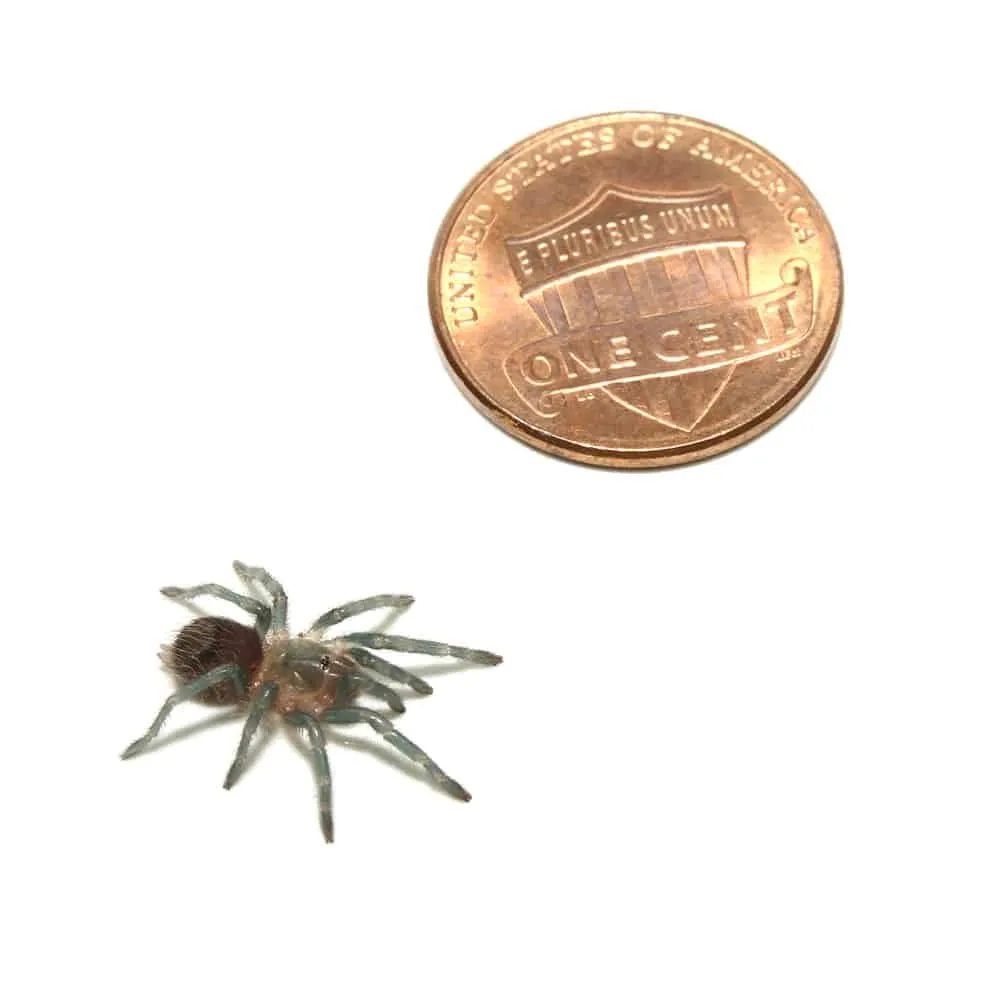
Molting is a natural process where tarantulas shed their exoskeletons to grow. Young tarantulas molt more frequently than adults. The frequency decreases as they mature. Before molting, a Red Rump Tarantula will often lose its appetite and may become less active. They may also change position, usually lying on their backs. It is very important not to disturb a tarantula while it is molting, as this can be dangerous. Provide a humid environment during molting to help ease the process. After molting, the tarantula’s new exoskeleton will be soft. Avoid feeding your tarantula for a few days until its new exoskeleton hardens completely.
Signs of an Upcoming Molt
Several signs can indicate an upcoming molt. The most common is a loss of appetite. Your tarantula will likely refuse food for several weeks before molting. The abdomen may appear darker, and the tarantula may become less active, choosing to spend more time in its hide. The tarantula may also start to prepare its molting area by webbing or sealing off its burrow. Observe these signs carefully to determine when your tarantula is preparing to molt. Providing the right humidity levels during this period is very important. Avoid disturbing the tarantula during this sensitive time. The more you observe and study your tarantula the more in tune you will become with the molting process.
Caring for a Molting Tarantula
If you notice your tarantula is about to molt, it’s essential to ensure it has a safe and undisturbed environment. Maintain appropriate humidity levels to assist the molting process. Avoid any disturbance such as vibrations, loud noises, or handling, as these can interfere with the molt and potentially harm the tarantula. Do not attempt to assist the tarantula with its molt. This can cause severe damage to the tarantula. After molting is complete, do not feed your tarantula for a week or until its fangs have hardened. After a successful molt, you will notice brighter colours on your tarantula, as well as a new set of hairs.
Handling and Interaction
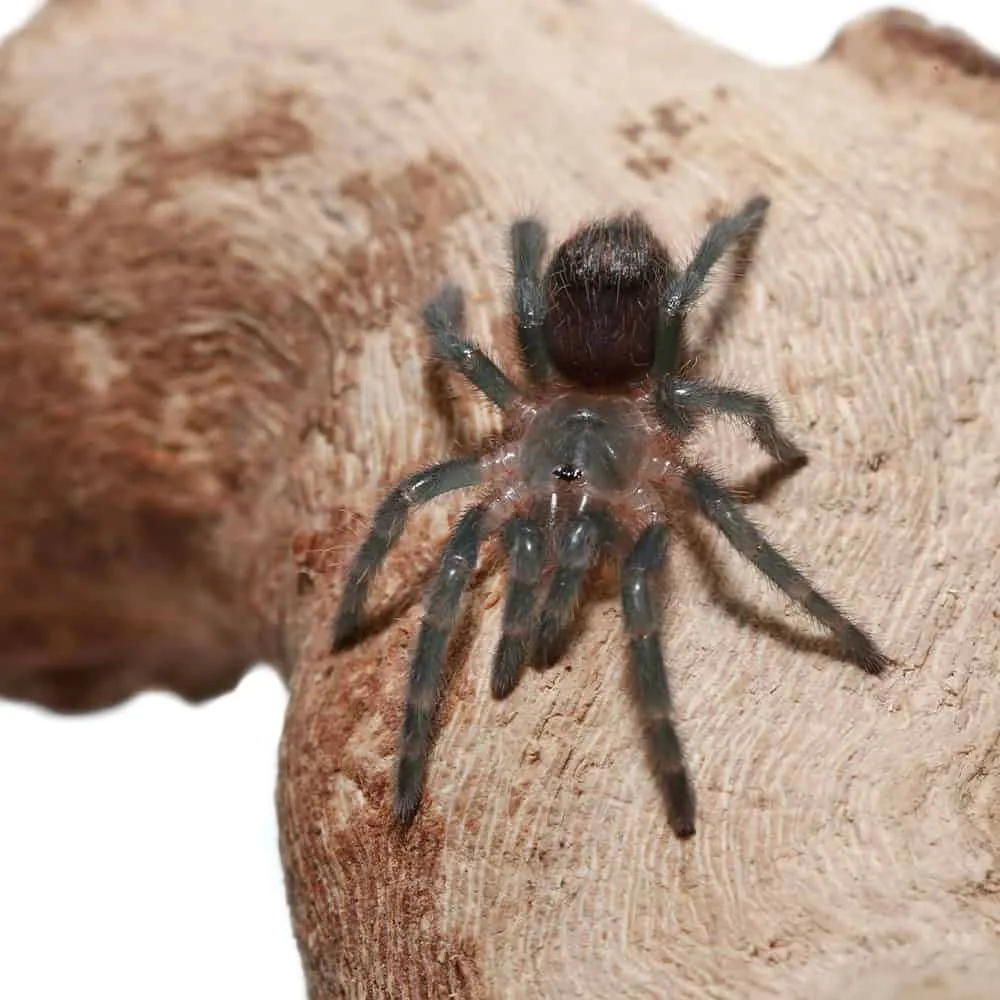
Red Rump Tarantulas are generally docile and less prone to biting compared to some other species. However, handling should be approached with caution, and only after careful consideration. Tarantulas are fragile, and a fall can cause serious injury or even death. Always handle your tarantula close to the ground to minimize any potential fall distance. Regular handling is not necessary for their well-being and can cause undue stress. Some owners choose to handle their tarantulas while others prefer to admire them from a distance. It is very important to respect your tarantula’s personality.
Safe Handling Techniques
If you choose to handle your Red Rump Tarantula, approach it slowly and gently. Use a soft paintbrush to gently coax the tarantula onto your hand. Avoid sudden movements or loud noises that could startle the tarantula. Always wash your hands before and after handling to remove any lingering scents that may affect your tarantula. Handle your tarantula close to the ground and avoid handling it when it’s in premolt, as it can be more irritable at this time. If the tarantula is stressed or defensive, put it back into its enclosure immediately.
Understanding Tarantula Behavior
Understanding your Red Rump Tarantula’s behavior will help you care for it effectively. Tarantulas communicate through their behaviour. For example, if your tarantula rears up and displays its fangs, it is warning you to back off. The Red Rump Tarantula is generally calm and slow-moving but can exhibit defensive behaviours such as flicking hairs (urticating hairs) from its abdomen if it feels threatened. Observe your tarantula regularly to understand its mood and behaviour. Recognizing the signs of stress will help you to minimize disturbances and provide a more comfortable environment. Always be aware of the tarantula’s cues and respect its space.
Common Health Issues and How to Prevent Them
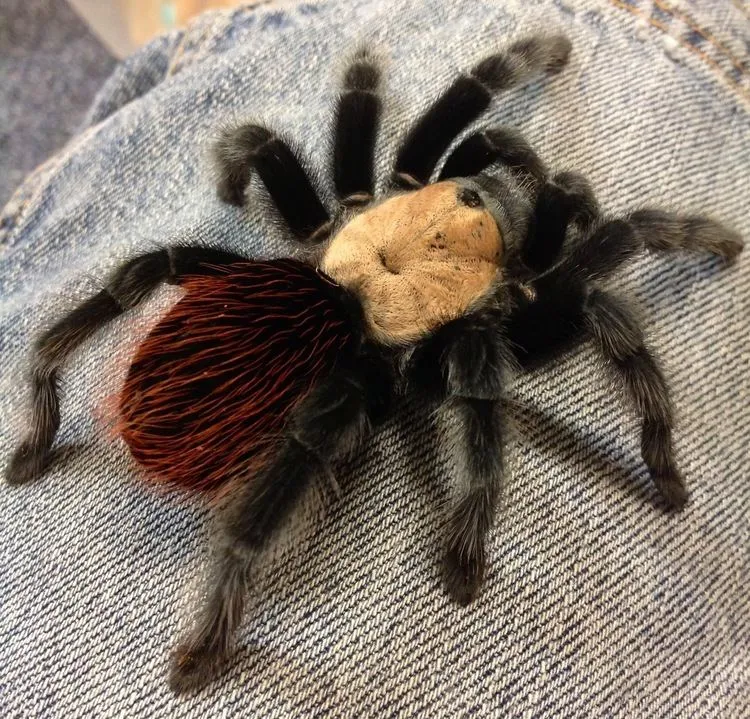
Red Rump Tarantulas are generally hardy, but they can still be susceptible to certain health problems. Mites, which are tiny parasites, can be a problem if the enclosure is not kept clean. To prevent mites, maintain a clean enclosure, remove uneaten food promptly, and ensure proper ventilation. Fungal infections can also occur if the humidity is too high or the substrate is not changed regularly. Another potential health issue is impaction, which can occur if the tarantula eats too much substrate, or if it is unable to digest its food properly. To prevent impaction, provide a proper substrate and avoid overfeeding. Quarantine any new tarantulas and practice good hygiene to minimize the risk of introducing disease. Regularly inspect your tarantula for signs of illness, such as lethargy, loss of appetite, or unusual behaviour.
In conclusion, caring for a Red Rump Tarantula is a rewarding experience. By following these five essential facts on providing the appropriate habitat, diet, and handling, you will be well-equipped to ensure a long, healthy, and happy life for your pet. Remember to research thoroughly, observe your tarantula regularly, and always prioritize its well-being.
